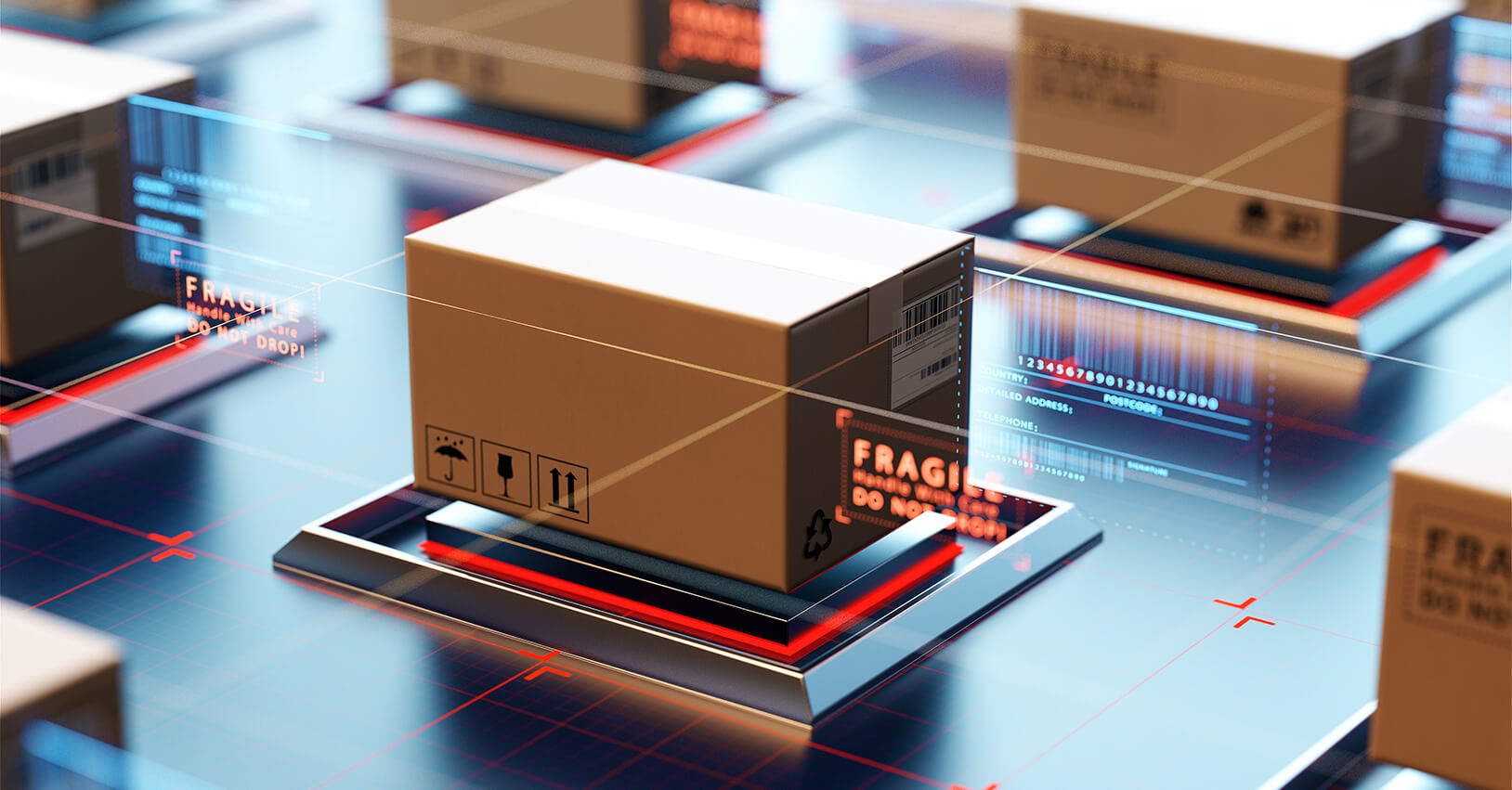

Blog

Home »
New-age Capabilities of a Digitally Transformed Supply Chain
Reading Time: 5 minutes
The future of the supply chain hinges on the adoption of cutting-edge technologies. Edge computing brings decision-making closer to the point of action, enabling real-time responsiveness. Digital twin technology envisions optimal implementation, eliminating errors and optimizing processes. Microservices offer scalability and flexibility, allowing capabilities to be adjusted as needed. Robotics automation frees up resources by handling routine tasks, unlocking operational efficiencies and productivity gains in the supply chain ecosystem.
The current state of supply chains is a whirlwind of challenges and uncertainties, as businesses navigate through disruptions, labor constraints, and the ever-increasing customer expectations. In this evolving landscape, the adoption of technology and the embrace of digitization have become paramount for organizations striving to thrive. By leveraging cutting-edge technologies, enterprises can drive real-time visibility, bolster operational efficiency, and navigate risks with adeptness. Embracing digitization can empower them with the agility to make swift and informed decisions, anticipate future trends accurately, and foster seamless collaboration across the digital supply chain ecosystem. In the coming years, a surge in the adoption of digital across supply chains is likely to happen, propelled by the compelling force of advanced technologies.
Listed below are some game-changing technologies that are on the cusp of transforming the supply chain landscape.
Edge Computing: Empowering instant decision-making at point-of-action
With edge computing, organizations can bring real-time processing and decision-making closer to the point of action, reducing latency and enhancing operational efficiency. Edge devices, sensors, and gateways seamlessly connect and exchange data, enabling rapid insights and intelligent automation. This ecosystem empowers supply chain stakeholders with real-time inventory tracking and monitoring, proactive maintenance to minimize equipment downtime, accurate demand sensing, optimized route planning, and enhanced last-mile delivery. The rapid advancements in data communication services like Wi-Fi, Bluetooth, and 5G is also likely to serve as a catalyst for edge ecosystems, working in harmony with traditional centralized supply chain solutions. As per Gartner 25% of supply chain decisions will be made across intelligent edge ecosystems by the end of 2025.
Digital Twins: Optimizing operations through smart implementation
Digital twin technology has emerged as a game-changer in the supply chain realm, unleashing a world of possibilities with its virtual replicas of physical assets, processes, and systems. These virtual counterparts enable advanced scenario planning, empowering supply chain professionals to simulate, analyze, and fine-tune operations for optimal outcomes. By leveraging digital twin technology, supply chain organizations can virtually envision a control tower that enables them to detect anomalies, elevate asset performance, outmaneuver network outage, and curtail costs. With digital twins, the supply chain becomes an apt example of precision, resilience, and cost-effective excellence, revolutionizing the industry and propelling organizations towards a future of unparalleled efficiency and innovation. An article in the CNBC highlighted that digital twins are set for rapid adoption in 2023.
Microservices: Redefining scalability and amplifying flexibility
Microservices architecture is driving the acceleration of supply chain transformation by breaking down monolithic systems into modular, independent services that offer agility, scalability, and flexibility. With this approach, supply chain organizations can seamlessly integrate and orchestrate components such as inventory control, order processing, and logistics management. Consider the case where organizations can streamline supplier onboarding, effectively track supplier performance, optimize shipping operations, and fine-tune load optimization for improved efficiency. Additionally, the decoupled nature of microservices allows for rapid innovation, easier maintenance, and the ability to adapt to changing business needs. This empowers global supply chain organizations to build a modular and resilient ecosystem for the future that feeds on continuous improvement and collaboration with partners and suppliers. Gartner states that 25% of supply chain execution vendors are pipped to rewrite their core application to a microservices architecture.
Robotics & Automation: Boosting efficiency and maximizing productivity
With a multitude of impactful use cases, robotics is reshaping the way operations are conducted. From automated picking and packing in warehouses to autonomous vehicles for transportation, robots are streamlining operations and increasing efficiency. In the realm of logistics management, automated forklifts and robots help streamline product flows, maximize safety, and boost productivity in warehouse premises. They can handle repetitive tasks with precision, speed, and consistency, reducing human error and improving overall productivity. Additionally, robots are being deployed for inventory management, performing cycle counts and stock replenishment with accuracy and agility. The integration of robotics in the global supply chain is unlocking new possibilities, optimizing workflows, and driving cost savings while enabling humans to focus on higher-value activities. As per a report from 2022 cited in Supply and Demand Chain Executive 62% of the 1610 companies surveyed plan to invest in robotic automation in the next three years.
The transformed supply chain of the future
Supply chain organizations, fueled by the power of modern technology and driven by the possibilities of supply chain analytics, can embark on a transformative journey, defying norms and exploring new horizons. Armed with robotics, automated systems, composable services, edge computing and digital twin capabilities, they can interconnect fragmented systems, surging ahead of disruptions and unleash remarkable efficiencies. They can bid goodbye to guesswork and embrace a world where they conquer market dynamics, elevate customer experiences, and unleash boundless success.
Innover empowers supply chain organizations to build intuitive networks that unlock new avenues for growth and drive enterprise value. Our AI-powered advanced analytics solutions help clients leverage disparate data sources, extracting critical insights that fuel customer-centric and resilient digital supply chains. We offer a comprehensive suite of Digital Supply Chain Management solutions that spans across a wide range of functions including demand forecasting, inventory planning, supplier risk mitigation, route optimization, and field force allocation. Get in touch with our team to build intelligently linked networks and processes that enable informed decision-making, visibility, resilience, and responsiveness across the entire value chain.

